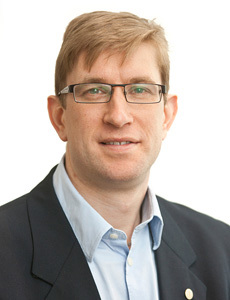The performance of waste combustion facilities is decided by the composition of the waste streams entering the boiler. High ash content causes sintering and deposit formation reducing the efficiency of waste combustion plants. Nevertheless, there is a great lack of knowledge on these waste streams and their composition and also on the inorganic reactions taking place during combustion.
The performance of various waste combustors is governed by the fuel composition. However, because of the heterogeneity of the fuel, the awareness of levels of certain inorganic components in waste fuels is far from satisfactory. Improvements in this field could facilitate pre-active selection of co-combusted waste fraction, and result in higher boiler availability, increased power production and less maintenance cost.
The expected outcome from this project has been increased awareness of fuel composition and detailed knowledge on inorganic reactions, governing fouling corrosion and agglomerations.
The project focused on mapping of current waste compositions and generic understanding of the reactions of inorganic components occurring when firing different waste fuels in a power boiler.
Data generated from the waste combustors in Borås and Göteborg has been used as input to the thermodynamic equilibrium calculations that simulates the inorganic reactions. The addressed industrial challenges were; to accomplish reliable estimates on the average composition of the waste, to reduce (corrosive) deposits and agglomerations and to improve the performance of the boiler.
The scientific challenge was to understand and predict the governing phenomena of fouling, corrosion and agglomeration.
The amount of inorganic components in different types waste fuels vary extensively and differ fundamentally from coal. It is especially, K, Na, P, Ca, Mg, Fe in combination with Si and S, and assisted by the presence of Cl, that cause various unwanted reactions. Examples of advantageous reactions have also been reported, for example, sulphur has proven to limit corrosion caused by high levels of chlorine. The interactions between the inorganic elements are nevertheless fully understood and needs to be further investigated. The behaviour of alkali metals in these fuels and their interaction with other elements is a key parameter in order to reduce fouling and corrosion.



